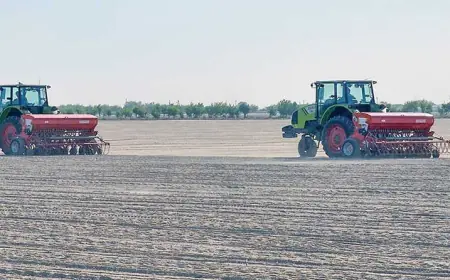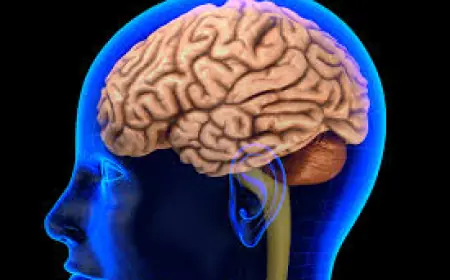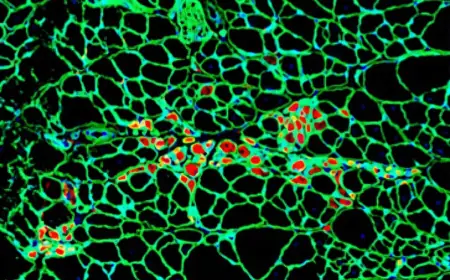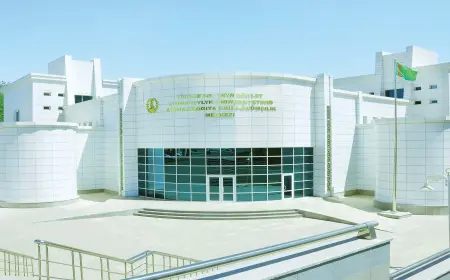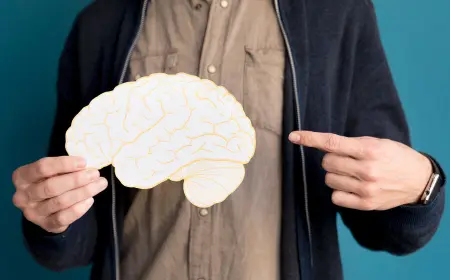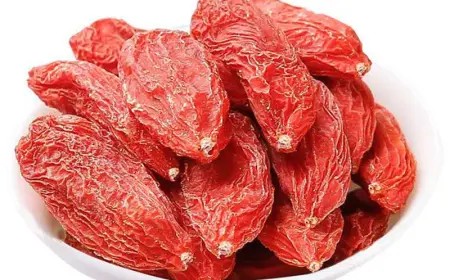Russian scientists identify new threat for COVID-19 survivors: bone destruction
COVID-19 may leave behind more severe health consequences than previously believed.

According to a study by scientists at Sechenov First Moscow State Medical University, the virus can cause a serious complication — osteonecrosis of the femoral head (ONFH), where bone tissue dies due to disrupted blood supply.
What is osteonecrosis and why is it dangerous?
Osteonecrosis of the femoral head is a degenerative disease in which the blood flow to the bone is reduced or blocked, causing bone tissue to die. This results in pain, reduced mobility, limping, and in severe cases, the need for surgical joint replacement.
Before the pandemic, the main causes of ONFH were prolonged steroid use, alcoholism, and physical trauma. However, since 2020, doctors have seen a rise in osteonecrosis cases even in patients who had mild COVID-19 and did not take steroids.
What the study revealed
Researchers conducted a pathological examination of bone samples from patients who had COVID-19 and complained of hip joint pain. They found:
-
large areas of necrosis and fibrosis in the bone;
-
increased presence of mast cells around blood vessels and damaged zones;
-
signs of chronic inflammation and disrupted microcirculation.
These changes contribute to the progressive destruction of the bone.
Who is at risk?
According to the researchers, all people who have recovered from COVID-19 may be at risk — regardless of age, gender, or the severity of their illness.
Warning signs include:
-
hip or joint pain while walking;
-
reduced range of motion or stiffness;
-
clicking or cracking sounds in the joints.
Early MRI screening is advised if such symptoms appear.
Doctors recommend:
-
Regular check-ups for those who had COVID-19, especially with joint discomfort.
-
Do not ignore mild symptoms — early detection matters.
-
Maintain physical activity, but avoid overloading the joints.
Background: COVID-19 research continues
Although the pandemic has subsided, the long-term effects of COVID-19 remain under investigation.




